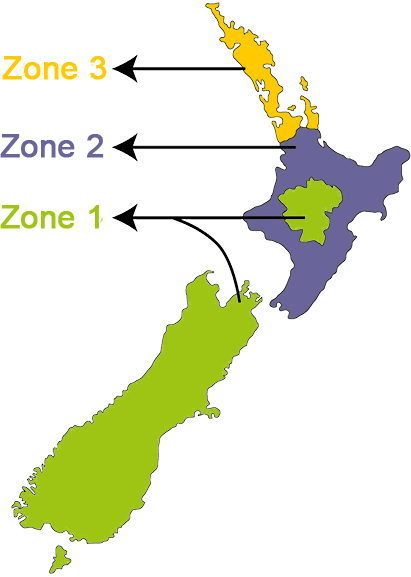
Growing Guide
Full sun. Well drained, Alkaline soil.
0.5cm
300-500cm
500-700cm
50cm2
3cm
20-40
365-1095
Plant pomegranate seeds in loose, alkaline soil 1.5cm deep, 25cm apart.
If growing in a container, keep inside until the pomegranate has four strong leaves.
Then begin to 'harden' by placing outside for a few hours a day.
Plant pomegranate seeds in loose soil 1.5cm deep, in a medium container.
For outdoor or indoor pomegranate trees grown in containers, you will need around a 10-gallon (38 L.) container one-quarter full of potting soil.
Set the root ball into the container and begin to fill in around the roots with the soil to the top of the container but not covering the trunk.
Water the new tree in well and lightly tamp the soil down to eliminate any air pockets.
Put the pot in a sunny, warm window, and keep the soil moist as your seeds germinate and grow.
For added humidity and warmth during winter, you may find it helpful to cover the pot loosely with a clear plastic bag until the seeds have sprouted.
Pomegranate plants grow large, so best to expose the plant slowly to the cold, and plant outside.
When the weather warms in spring, you can begin gradually hardening off the plants before moving them permanently outdoors.
Even though mature plants can handle some cold, wait until freezing weather has passed before planting your seedlings.
Set the root ball into the container and begin to fill in around the roots with the soil to the top of the container but not covering the trunk.
Water the new tree in well and lightly tamp the soil down to eliminate any air pockets.
Put the pot in a sunny, warm spot.
Ripe pomegranates turn from round to slightly angular, with the sides becoming more square and the stem and blossom ends becoming flatter.
Skin Texture and Splitting.
The skin on pomegranate fruits shifts from being smooth and hard to slightly rough and softer as they ripen.
Turn over the pomegranate.
And hit the pomegranate with a spatula over a bowl to dislodge all the juicy seeds.
Clean all pulp off the seeds.
These seeds will germinate at normal room temperature in about 30-40 days.
Bring the soil temperature up a few degrees and you can cut this time in half.
Try surrounding your plant with foil and placing it in direct sun until the seedlings sprout.

Zone 1 - Cool
March , April , May , June , July , August , September
Zone 2 - Temperate
March , April , May , June , July , August , September
Zone 3 - Subtropical
March , April , May , June , July , August , September